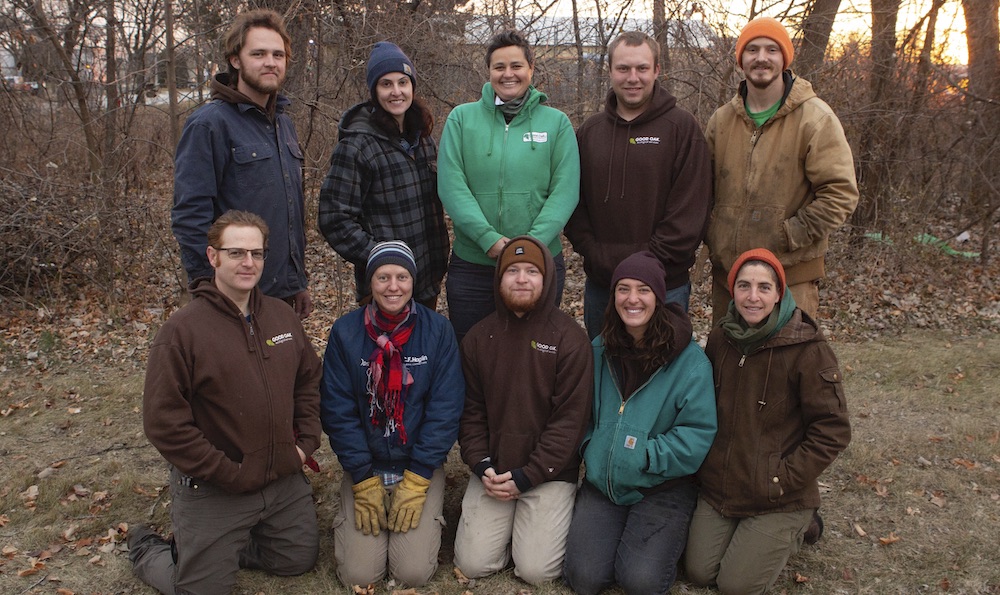The first series is coming up next Wednesday!
Managing Weeds and Invasive Plants Series
I've given presentations on invasive plant management many times, and never have enough time to really 'get into the weeds' so to speak. By breaking this topic down into 4 classes we'll have up to 8 hours (!) we'll have plenty of time to talk about all the common weeds and invasive plants of each type, and comp up with individualized plans for the weeds attendees are dealing with on their own property. Here are how we're breaking down this topic:1. Invasive Brush & Weedy Trees - 7pm, Wed. 03/02/16
2. Woodland & Shady Area Weeds - 7pm, Wed. 03/09/16
3. Prairie & Sunny Area Weeds - 7pm, Wed. 03/23/16
4. Landscape & Urban Weeds - 7pm, Wed. 03/30/16
All classes run from 7:00pm-9:00pm.
$15/class OR $13/class if you register for the entire series.
To Register: email us, call us at 608-209-0607 or stop in at our Land Stewardship Center (4606 Pflaum Rd. in Madison).
For more information this and the rest of our series for this year, check out the 2016 Stewardship Seminars web page, or click on the flier below.







